Key Features:
- Obverse:
- Features a bust of Lady Liberty facing right, with flowing hair and a ribbon tied at the back of her head. This particular coin has the Second Hair Style, introduced in 1798, which shows more refined and detailed hair compared to the earlier version.
- The inscription “LIBERTY” appears above her head, and the date “1798” is found at the bottom.
- Reverse:
- Displays a wreath surrounding the denomination “ONE CENT” in the center. Around the outer edge is the inscription “UNITED STATES OF AMERICA.”
- There is no denomination marking of “1/100” on the reverse, as was standard for U.S. cents at the time.
- Diameter: 29 mm.
- Composition: Pure copper.
Second Hair Style:
- The Second Hair Style of Lady Liberty, introduced in 1798, was part of a refinement to the original Draped Bust design. The hair is depicted with more detailed curls and a slightly more polished appearance. This version of Liberty remained on the Large Cents until the design was replaced in 1808 by the Classic Head design.
Grade and Condition:
- PCGS Genuine Environmental Damage:
- PCGS Genuine means that the coin has been authenticated as a genuine 1798 Large Cent, but the Environmental Damage designation refers to some surface damage caused by exposure to moisture, soil, or other environmental factors. This damage could manifest as pitting, discoloration, or corrosion, but the coin is still collectible due to its historical importance.
- XF (Extremely Fine) Detail:
- Despite the environmental damage, this coin has XF Detail, meaning it retains a good amount of its original design and shows minimal wear on the high points of the design. In an XF condition, details like Liberty’s hair, the facial features, and the wreath on the reverse remain visible, though they may be slightly worn.
- The XF designation reflects that around 75% or more of the coin’s original details are intact, providing a decent level of sharpness and clarity for collectors.
Historical Context:
- The 1798 Large Cent is part of the Draped Bust series, which was minted from 1796 to 1807. These early U.S. coins were struck in pure copper and were intended for everyday use, making surviving examples in higher grades like XF relatively scarce.
- 1798 was a year of significant political change in the U.S., with John Adams serving as president. These Large Cents circulated widely, meaning many of them saw heavy wear, making well-preserved examples desirable for collectors.
Variety and Mintage:
- The 1798 Draped Bust Large Cent is notable for the various die varieties, including different placements of the date and changes to Liberty’s hair design. Collectors often focus on identifying these subtle differences in the coins.
- Exact mintage numbers for specific varieties from 1798 are not available, but the total mintage for the year is estimated to be 1,841,745 coins. Many have been lost or severely damaged over time, making authentic examples important collectibles.
Market Appeal:
- Despite the Environmental Damage, the 1798 Large Cent remains highly collectible due to its age and historical importance. The Second Hair Style adds interest, and even with damage, the XF Detail makes it an appealing piece for collectors focused on early American coinage.
- Large Cents from the 18th century are generally desirable among numismatists, and any well-preserved Draped Bust cent can command a premium, especially with decent detail remaining.
Investment Potential:
- Early American copper coins like the 1798 Large Cent are highly sought after by collectors. While the environmental damage lowers the overall value, the XF Detail ensures that this coin still has significant collectible and investment potential.
- As a relic of early U.S. history, this Large Cent holds long-term value, and coins from the late 18th century tend to appreciate over time, particularly as fewer well-preserved examples become available.
Conclusion:
The 1798 1C Large Cent PCGS Genuine Environmental Damage XF Detail (Second Hair Style) is an attractive coin for collectors of early American coinage. Despite its environmental damage, it retains significant detail and offers a glimpse into the history of U.S. minting during its formative years. Its combination of historical significance, rarity, and collectibility makes it a valuable addition to any numismatic collection.

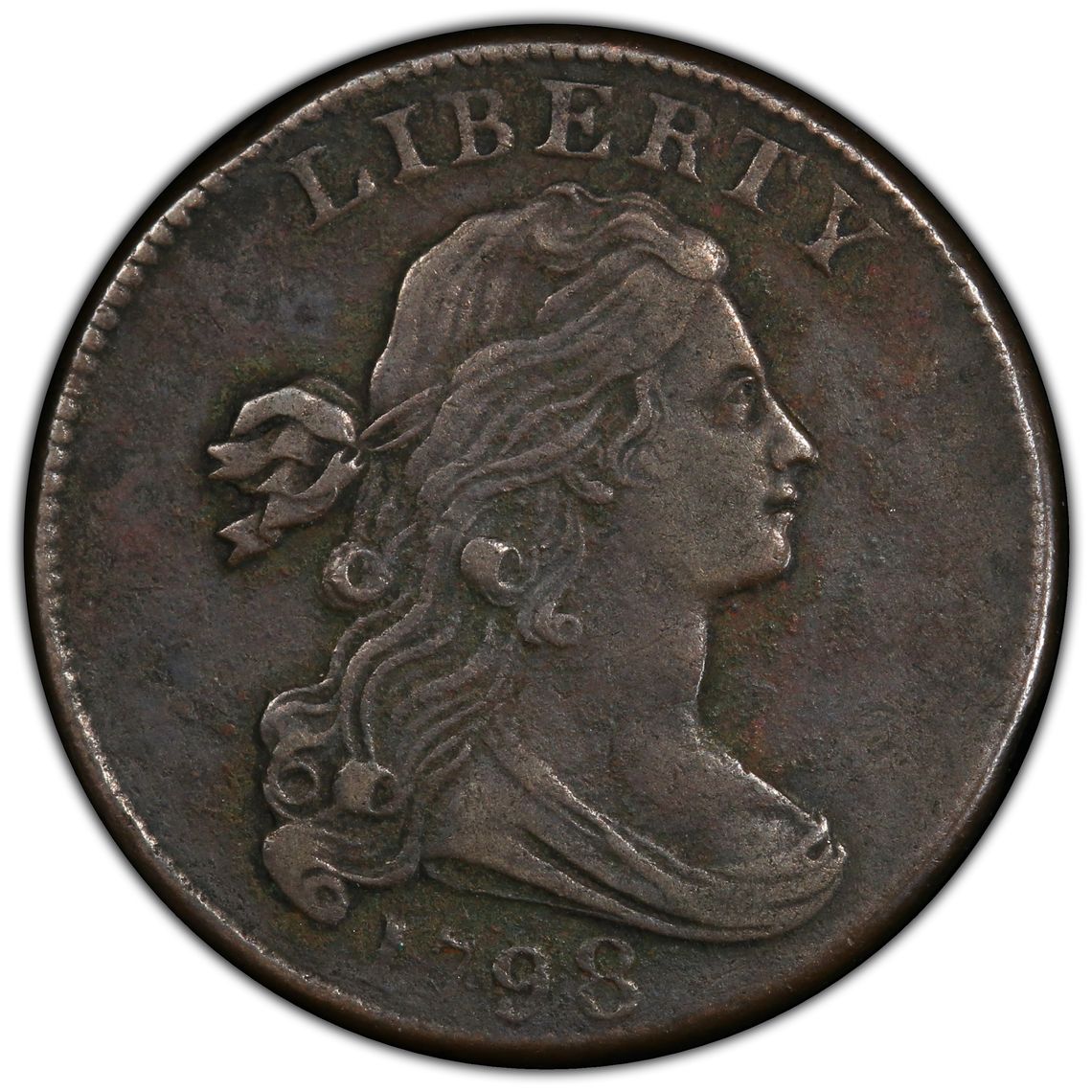

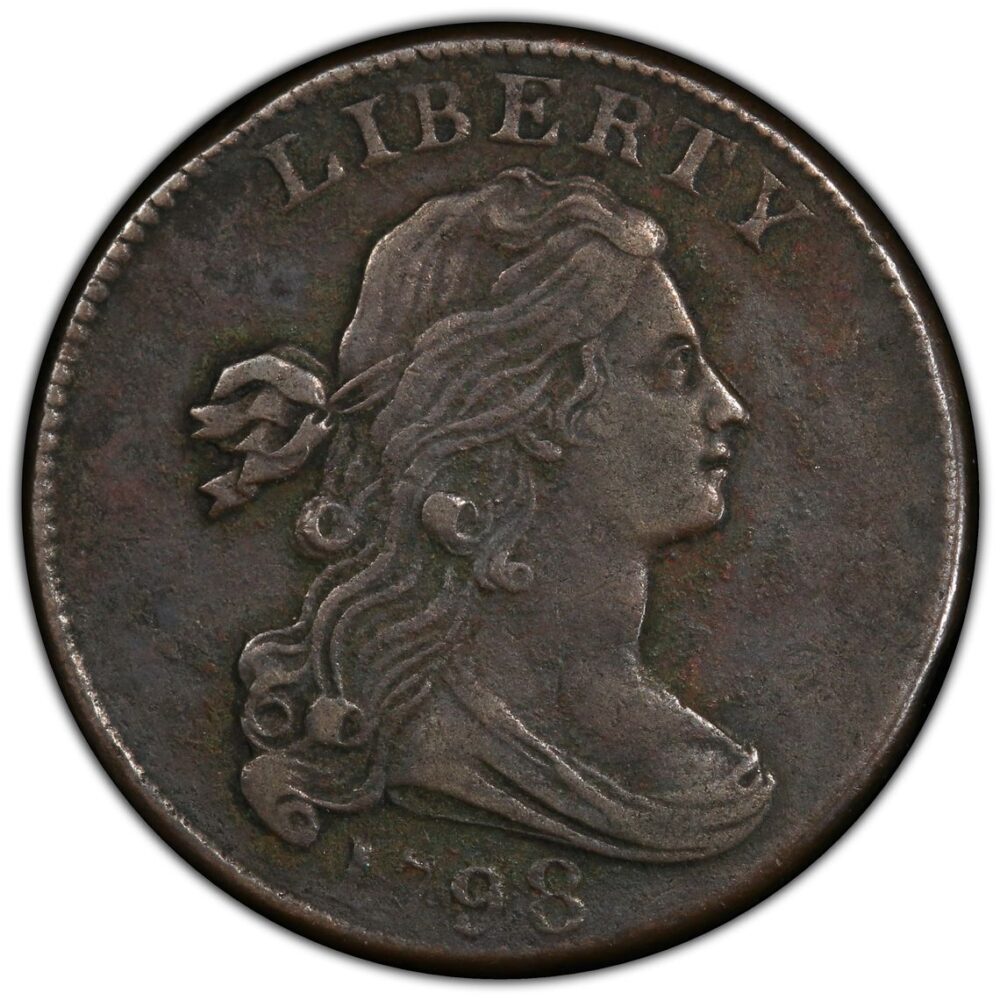

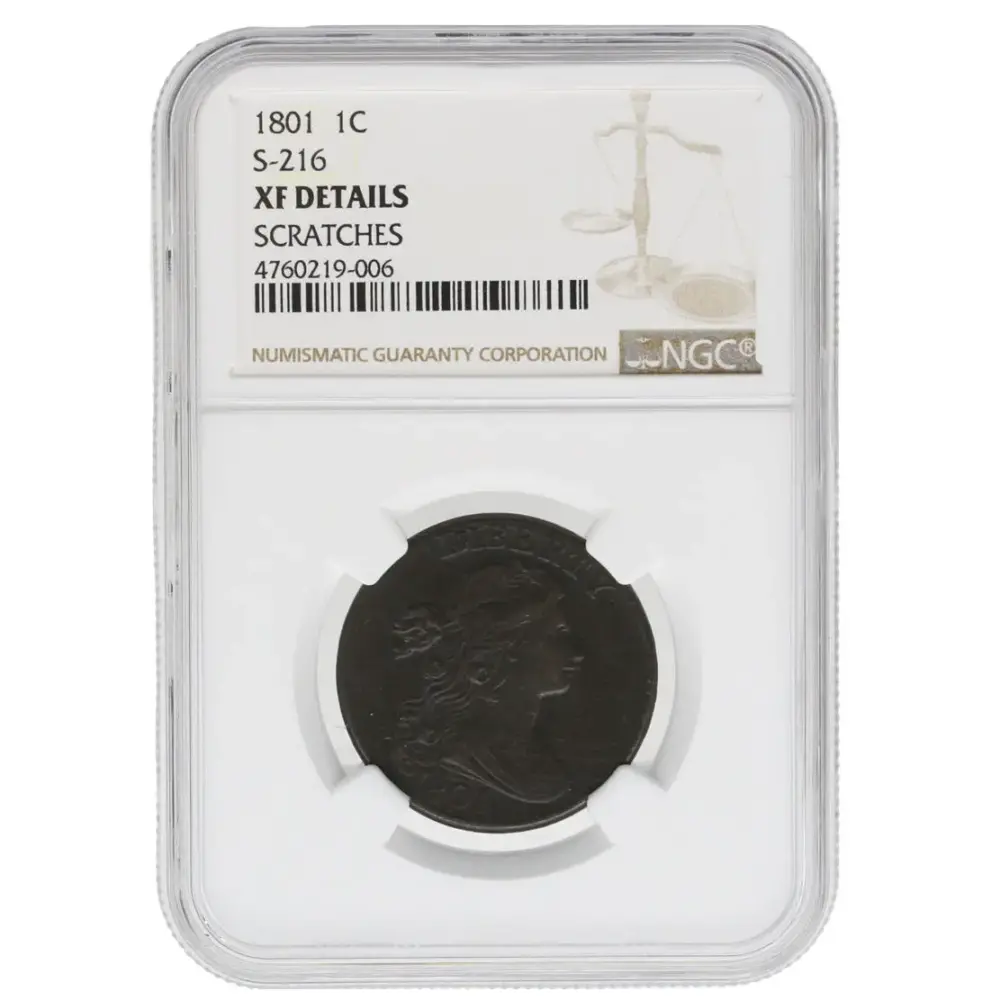

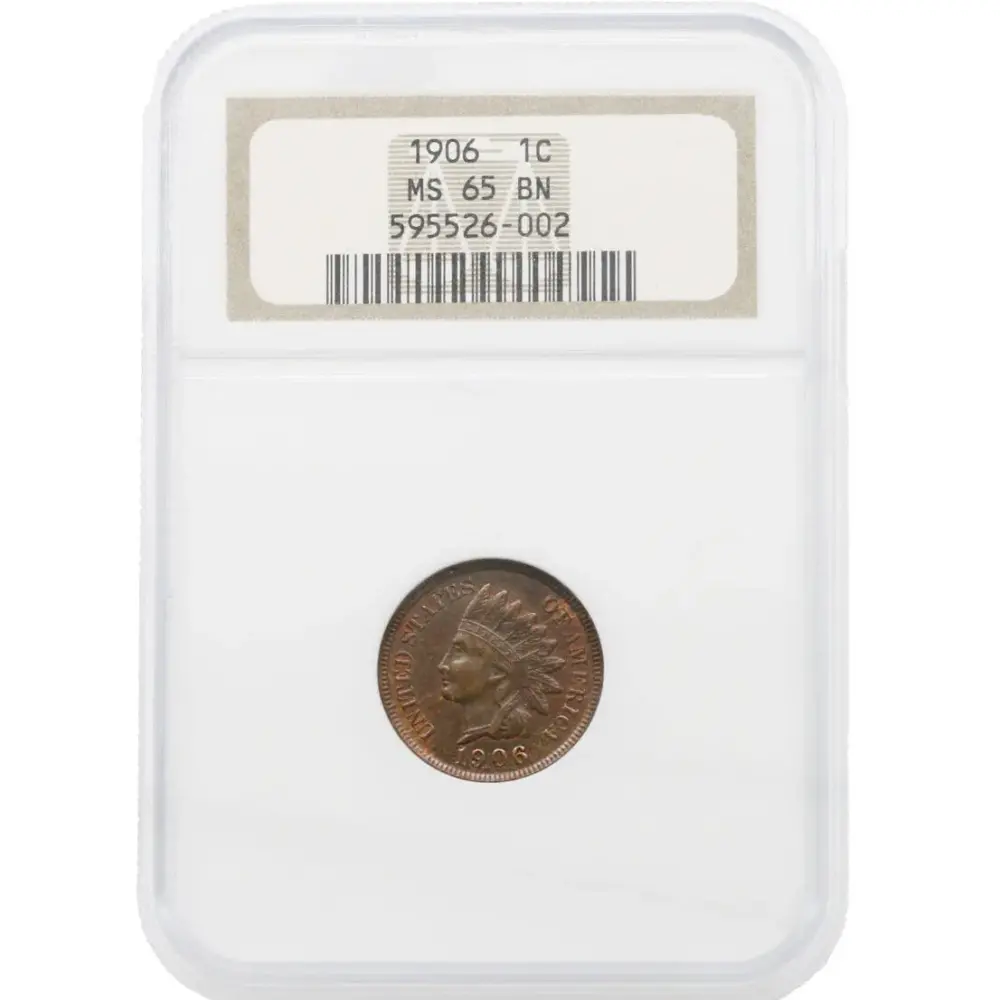
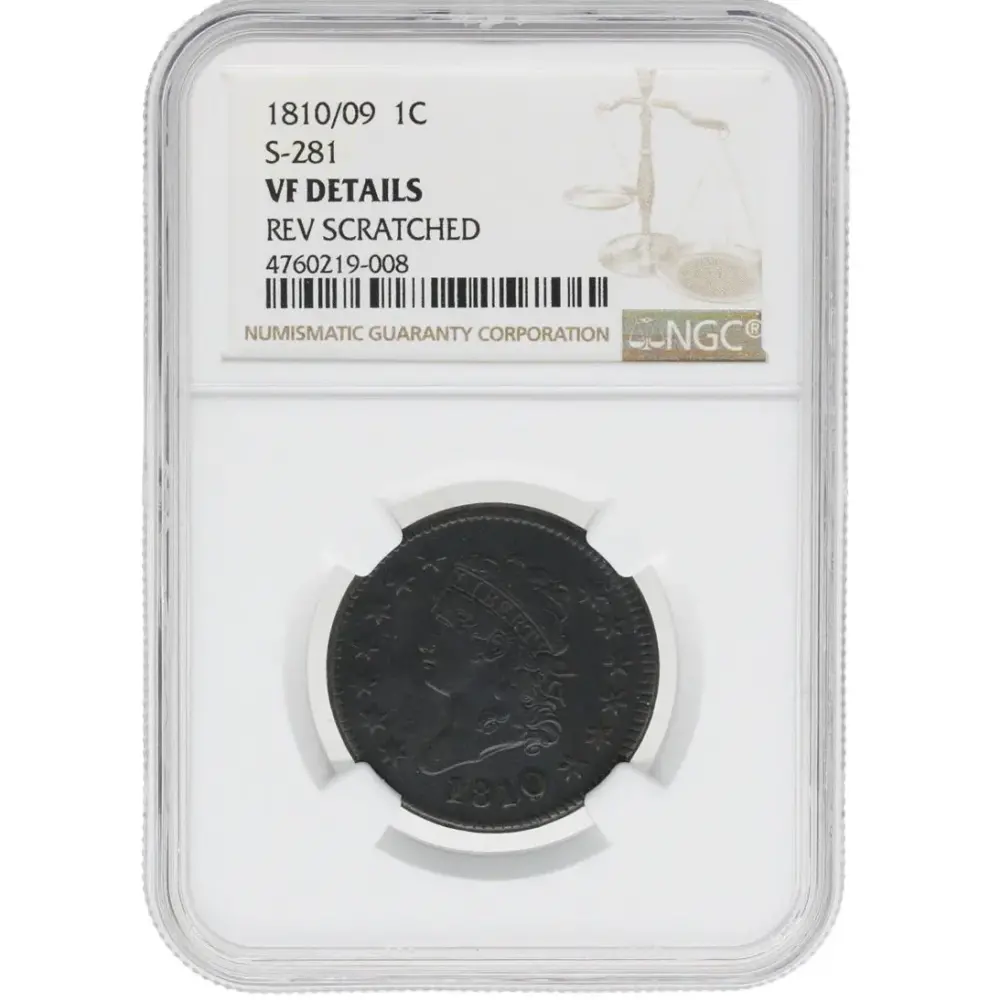
Reviews
There are no reviews yet.